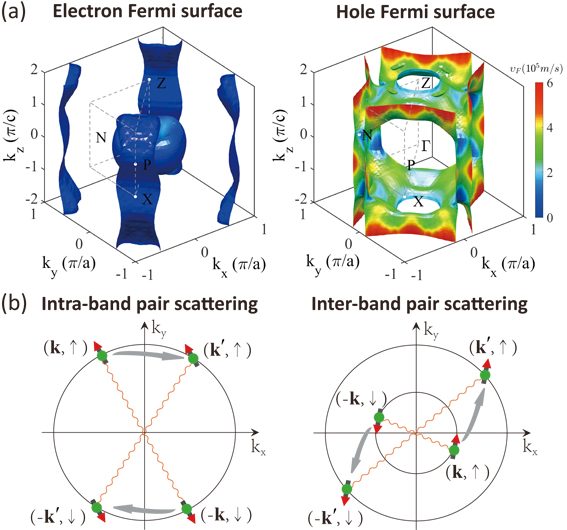In heavy fermion superconductors, the effective mass of normal state heavy electrons can reach hundreds of times that of a free electron. Accordingly, the characteristic Fermi energy is reduced to the order of meV. Thus, the discovery of heavy fermion superconductivity in CeCu2Si2 by German scientist Frank Steglich in 1979 had two major consequences. First, the transition temperature (0.6 K) reaches 5% of the Fermi energy, much higher than that of elemental superconductors, which may be viewed as “high temperature superconductivity.” Second, its Debye temperature is about 20 times the Fermi energy, which falls out of the paradigm of the well-known Bardeen-Cooper-Schrieffer (BCS) theory of superconductivity and demands a new pairing mechanism. The past 40 years witnessed the triumph of an unconventional scenario where magnetic fluctuations act as pairing glues to induce a d-wave gap with line nodes, as seemingly supported by neutron scattering, nuclear magnetic resonance (NMR), and angle-resolved specific heat measurements.

(a) Electron and hole Fermi surfaces of CeCu2Si2 at ambient pressure; (b) Illustration of intra- and interband scatterings.
In 2014, however, the story was suddenly changed when a group of Japanese scientists conducted refined measurements on high-quality single crystals. When the temperature was lowered down to 60 mK, they found that the specific heat coefficient started to vary exponentially with temperature and linearly on applied magnetic field, implying two nodeless gaps rather than a single d-wave gap. Their observation was quickly confirmed by other groups. It was even shown that when the multiband effect was included, an s± wave with two nodeless gaps could fit the NMR data previously thought to support only the d wave. However, theories only predicted a d- or nodal s-wave solution, both of which disagree with experiments.

Gap structures and angle dependence for three leading pairing states.
To solve this discrepancy, a team led by YANG Yifeng from the Beijing Laboratory of Condensed Matter Physics and Institute of Physics (IOP), Chinese Academy of Sciences (CAS), has worked to find new pairing mechanism. They took into consideration both the electron and hole Fermi surfaces of CeCu2Si2 and concluded that the d- and nodal s-wave solutions originate primarily from the electron and hole Fermi surfaces, respectively. Previous theories overestimated the nesting effect of the electron Fermi surface and thus exaggerated the possibility of d-wave pairing, while a strong pair scattering between two Fermi surfaces can produce a nodeless s±-wave solution, with the gap ratio in reasonable agreement with experiment. Moreover, the new theory predicts that as the electron Fermi surface diminishes under pressure, there will be a crossover from the nodeless s± wave to a nodal s wave. These findings provide the first theoretical basis for the nodeless gap structure observed at ambient pressure and the new superconducting phase under high pressure. It highlights the importance of multiple Fermi surfaces, controlled by their orbital characters and orbital fluctuations, in causing exotic phenomena unexpected in conventional theories. As a consequence, all previous theories have to be revisited when applied to realistic heavy fermion superconductors.

Proposed phase diagram of superconductivity in CeCu2Si2.
The above work has been published in Phys. Rev. Lett. 120, 217001 (2018) and supported by the Ministry of Science and Technology (Grand No. 2017YFA0303103, No. 2015CB921303), the National Natural Science Foundation (Grant No. 11522435, No. 11174339), the Strategic Priority Research Program (B) of CAS (Grant No. XDB07020200), and the Youth Innovation Promotion Association of CAS.
Contact:
Dr. YANG Yifeng
yifeng@iphy.ac.cn
Institute of Physics, CAS

